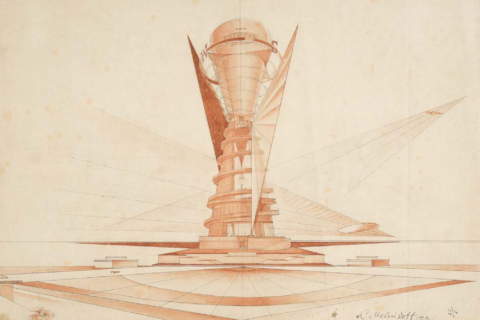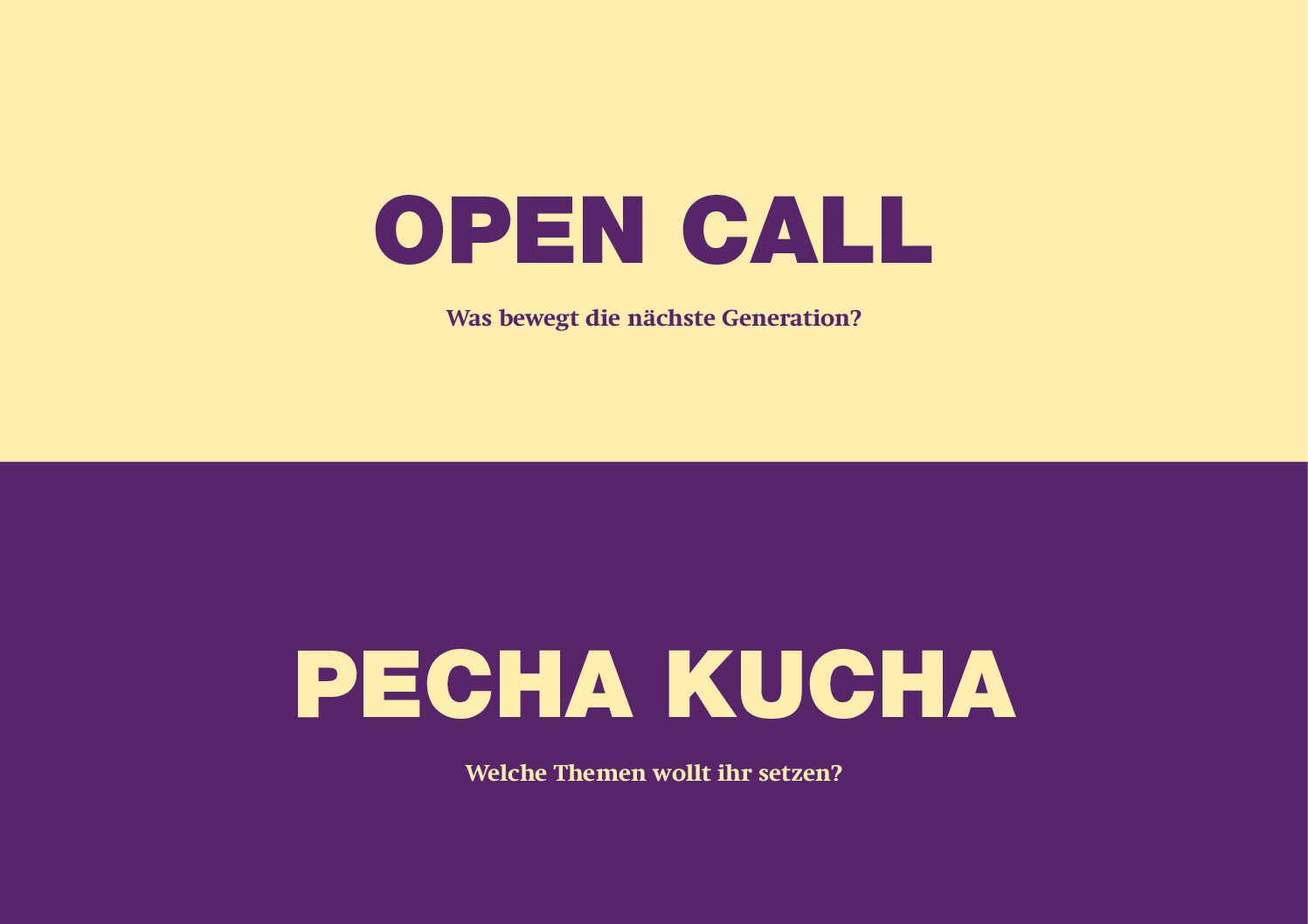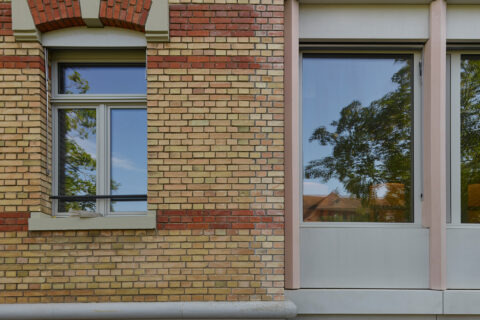Die Architektur der Sowjetunion der zwanziger Jahre zwischen 1920 – 1930 leistet einen fundamentalen Beitrag zur Entstehung der Moderne am Anfang des zwanzigsten Jahrhunderts, vergleichbar mit der brasilianischen Moderne nach dem zweiten Weltkrieg für die Architektur der 1960er Jahre. Eine wichtige Institution in der jungen Sowjetunion ist die Avantgarde Kunstwerkstatt Wuchtemas, damals neu gegründet – auch das russische Bauhaus genannt. Auf der Suche einer Architektur, einer adäquaten Formensprache, welche die neue Gesellschaft nicht nur «unterbringt», sondern dessen Realität auch repräsentiert» (Hanna Ahrendt) vereinigt sie die wichtigsten Akteure der Bewegung. Diese pflegt enge Beziehungen zu Europa, so auch mit der Schweiz; beispielsweise das gemeinsame Projekt des Wolkenbügels von El Lissitzky zusammen mit Emil Roth und Mart Stam anlässlich des Kuraufenthaltes von El Lissitzky 1925
Entstanden sind die Modelle von Studenten der AAM Mendrisio unter der Leitung von Pavel Kuznetsov, ausgeführt in den Mst. 1:50:/75:100;500. Sie sind prägnant und haben eine unmittelbare, faszinierende Ausstrahlung. Vorhandene Umzeichnungen ergänzen die Fotoseiten, kurze Legenden ordnen die Projekte ein.
Die Publikation im Lars Müller Verlag wirft einen neuen frischen Blick auf das künstlerische Schaffen in der damalige Sowjetunion, auf eine Epoche voller Hoffnung und Widersprüche. Konstantin Melnikov ist eine Schlüsselfigur dieser Bewegung. Viele seiner Projekte der zwanziger Jahre werden realisiert und sind Ikonen der Moderne.
Unter Stalin wird die Bewegung und damit die Moderne abrupt abgebrochen. Am 1. all Union-Congress of Soviet Architects 1937, gerät Melnikov massiv unter Beschuss, (Karo Alaban). Melnikov soll offiziell dem «Formalismus», so wird allgemein die Moderne genannt, abschwören und sich dem sozialistischen Realismus unterordnen, was er nicht tut. Er geht in die innere Emigration.
Katalog zur Ausstellung im Architektur Forum Zürich Herbst 2025
Marianne Burkhalter Pavel Kuznetsov Christian Sumi (ed.)
Konstantin Melnikov (1890-1974). Ein Architekt der Avantgarde.
Modelle der Accademia di architettura Mendrisio. Lehrstuhl Prof. Pavel Kuznetsov 2022-2024 AAM
The architecture of the Soviet Union in the 1920s and 1930s made a fundamental contribution to the emergence of modernism at the beginning of the twentieth century, comparable to Brazilian modernism after the Second World War for the architecture of the 1960s. An important institution in the young Soviet Union was the avant-garde art workshop Wuchtemas, newly founded at the time – also known as the Russian Bauhaus. In the search for an architecture, an appropriate formal language that not only “accommodates” the new society, but also represents its reality“ (Hanna Ahrendt), it brought together the most important players in the movement. The movement cultivated close relations with Europe, including with Switzerland, for example the joint project of the Wolkenbügel by El Lissitzky together with Emil Roth and Mart Stam on the occasion of El Lissitzky’s stay at the spa in 1925 (see: Pavel Kuznetsov, Architectural Legacy of El Lissitzky:utopias, theories and practice. Catalog contribution to the exhibition on El Lissitzky at the Villa dei Cedri, Bellinzona, September 2025)
The models were created by students of the AAM Mendrisio under the direction of Pavel Kuznetsov, executed in the scales 1:50:/75:100;500. They are concise and have an immediate, fascinating appearance. Existing sketches complement the photo pages, and short legends classify the projects.
The publication by Lars Müller Verlag takes a fresh look at artistic creation in the former Soviet Union, at an era full of hope and responsibility. Konstantin Melnikov is a key figure in this movement. Many of his projects from the 1920s were realized and became icons of modernism.
Under Stalin, the movement, and with it modernism, was abruptly interrupted. At the 1st All-Union Congress of Soviet Architects in 1937, Melnikov came under massive fire (Karo Alaban). Melnikov was supposed to officially renounce “formalism”, as modernism was generally called, and submit to socialist realism, which he did not do. He goes into inner emigration.
(Translated with DeepL.com (free version))
Catalog for the exhibition at the Architektur Forum Zürich Fall 2025
Marianne Burkhalter Pavel Kuznetsov Christian Sumi (ed.)
Konstantin Melnikov (1890-1974). An architect of the avant-garde.
Models of the Accademia di architettura Mendrisio. Chair Prof. Pavel Kuznetsov 2022-2024 AAM








